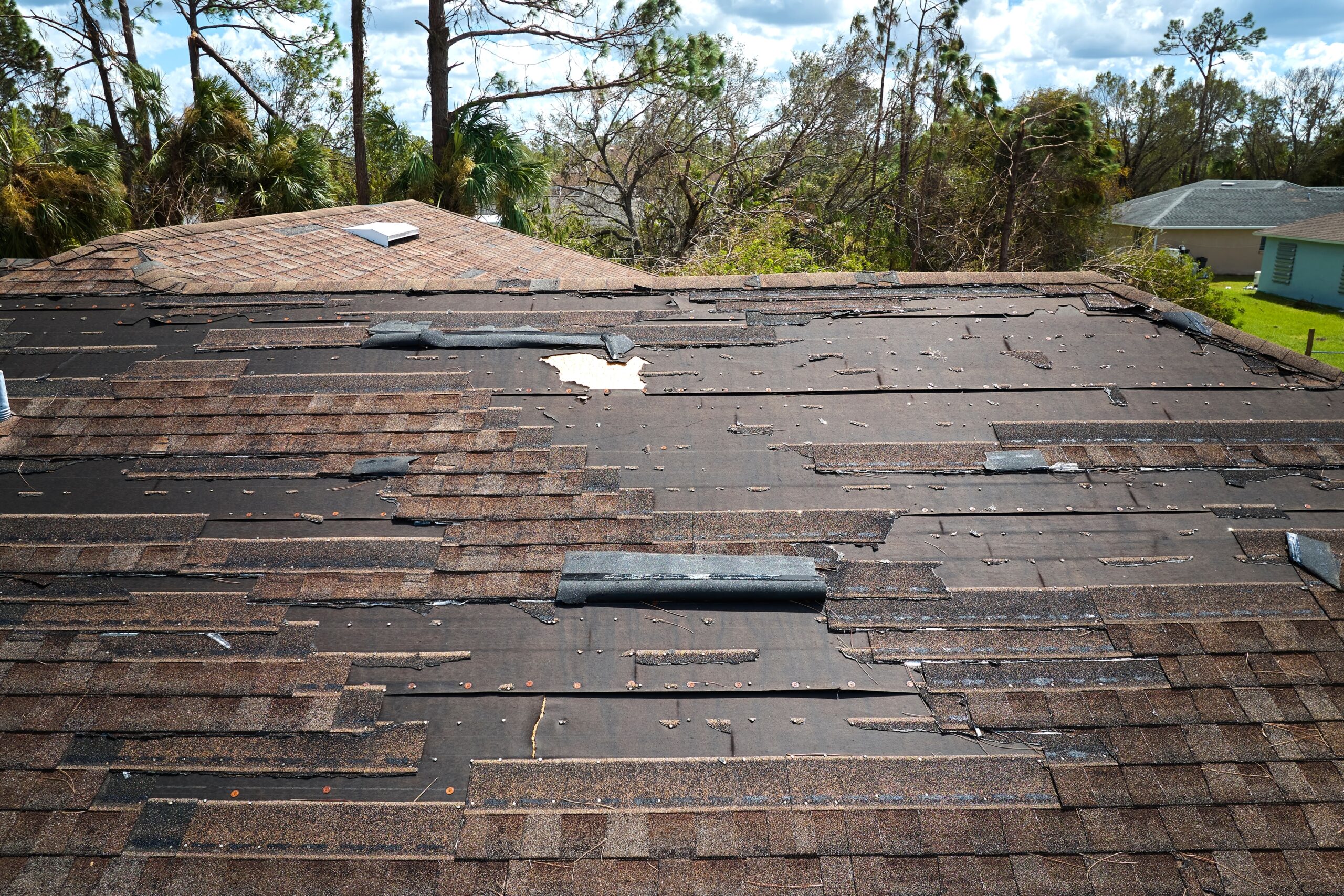Exploring TPO Roofing – What Is It?
Composition and Characteristics of TPO Material
TPO, or Thermoplastic Polyolefin, roofing is a single-ply membrane known for merging the strength of rubber with the versatile performance of hot-air weldable seams. Its composition includes thermoplastic materials alongside a mixture of rubber and filling agents, which gives it a flexible yet durable nature. Notably, TPO roofing has become a favorite for commercial buildings due to its energy-efficient properties and ease of installation.
The Evolution of TPO Roofing Technology
Since its inception in the early 1990s, TPO roofing has undergone significant advancements. The manufacturing process has been refined to enhance UV resistance and overall longevity, making it more suited for harsh weather conditions experienced in places like Dalton, GA. Research and innovation have continuously improved the membranes to ensure they meet the rigorous demands of modern commercial roofing applications.
TPO Roofing vs Other Materials: A Comparative Analysis
TPO vs PVC Roofing: Weighing Pros and Cons
When comparing TPO to PVC roofing, one can see the balance between cost-effectiveness and performance that TPO offers. While both materials are strong contenders in the roofing industry, TPO stands out for its
Key Benefits of TPO Roofing
Energy-Efficient Roofing for Georgia’s Weather
Within the commercial roofing sector, TPO roofing is widely acknowledged for its high resistance to ultraviolet and infrared rays. This aspect is of particular importance in Dalton, GA, where efficient energy use is crucial. Buildings with TPO roofing benefit from its heat-reflective properties, which markedly reduce cooling costs during the sultry spring and summer months by bouncing back the sun’s harsh rays.
The Maintenance Edge – Simplifying Upkeep
Another significant advantage of TPO roofing is its inherent ease of maintenance. This material’s resilience to build-ups of dirt, debris, and other contaminants means that it requires less frequent cleaning when compared to other roofing materials. Moreover, when maintenance is necessary, the procedures are straightforward and cost-efficient, contributing to a lower total cost of ownership over the lifespan of the roofing system.
TPO Roofing Installation Process
Preparing for TPO Roofing Installation
Prior to the installation of a TPO roof, it is imperative to conduct a thorough assessment of the existing roofing structure. This ensures the compatibility of the TPO material with the building and allows for any necessary corrections or upgrades.
TPO Roofing Cost Comparison and Environmental Impact
An Economic Investment for Long-term Savings
The initial setup cost for TPO roofing systems may vary, yet it is generally considered a cost-effective option, especially when you account for long-term savings. Not only does TPO roofing offer low maintenance expenses, but its energy-efficient nature translates into significant cost reductions in climate control. For businesses in Dalton, GA, investing in TPO means investing in a roofing solution that balances up-front costs with ongoing savings.
Highlighting the Green Advantage of TPO Roofing
In today’s environmentally conscious market, TPO roofing stands out for its sustainable benefits. Unlike other flat roofing materials, TPO is 100% recyclable at the end of its service life. This characteristic is pivotal in minimizing the environmental footprint and resonates with the increasing demand for green building practices in regions such as Georgia. By choosing TPO, property owners contribute to a more sustainable future.
Ensuring the Longevity of TPO Roofing
Maximizing the Lifespan of Your TPO Roof
While TPO roofing is inherently durable, its lifespan can be extended with proper installation and regular maintenance. It is essential to engage with a
Discover when to consider shingle roof replacement with Sentri Roofing… Discover expert Shingle roof repair guide tips with Sentri Roofing,… Discover how to boost home value with expert shingle roof…Latest Post
Schedule Free Estimate

